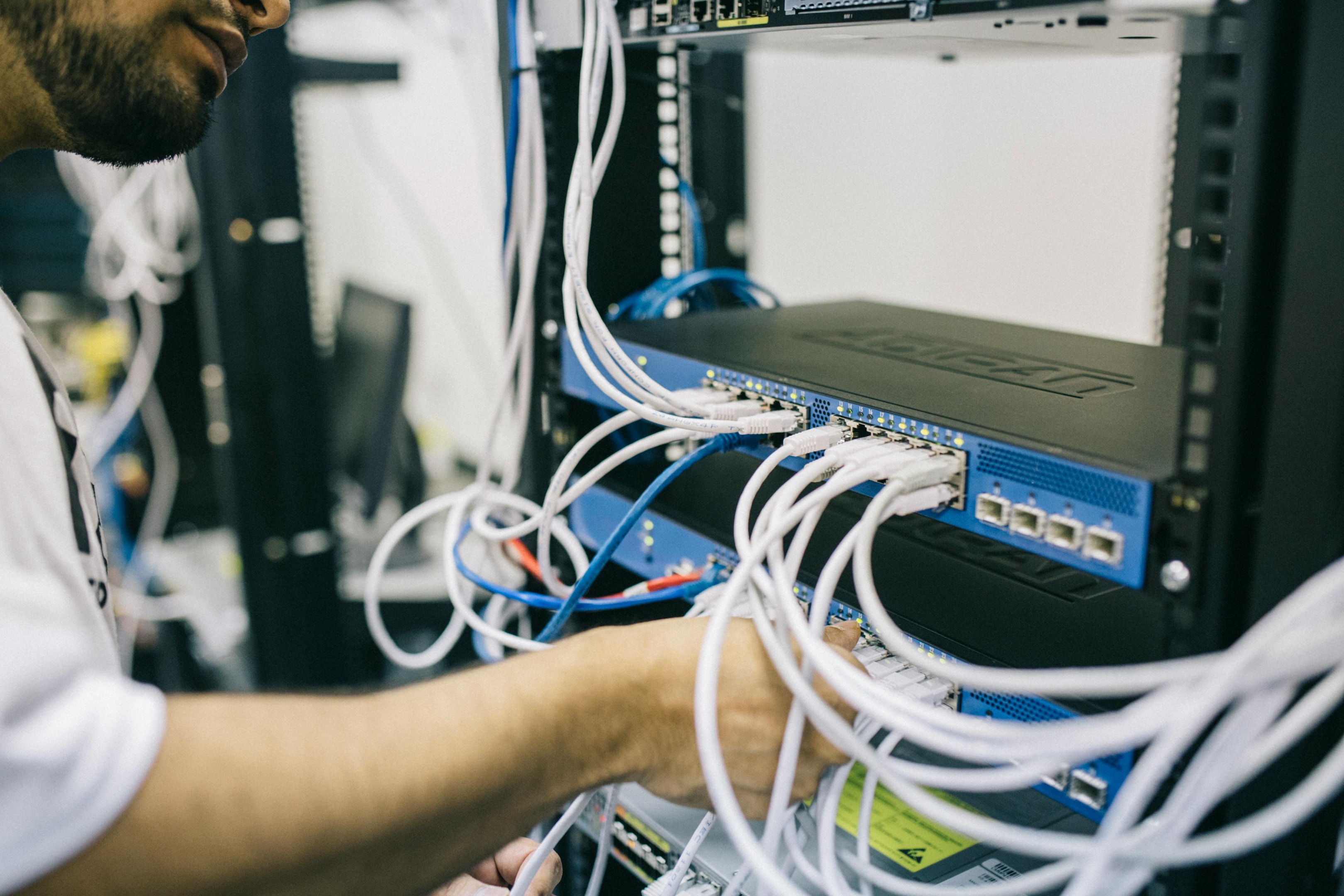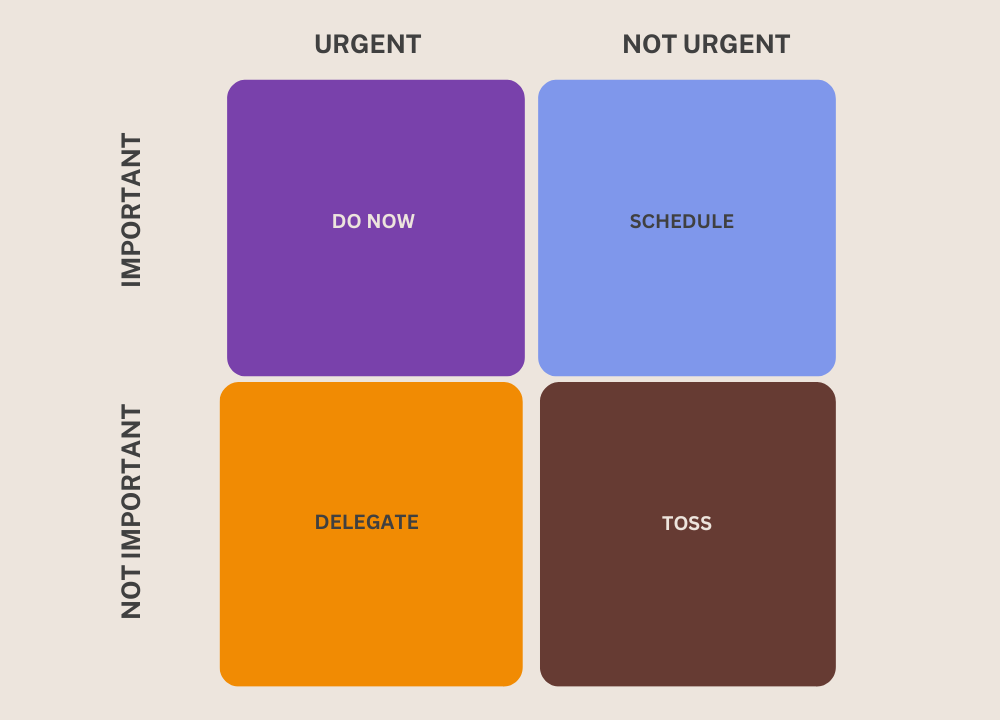Doing lots of things in a short amount of time (without necessarily finishing them) might make you feel more productive, but in reality, it makes you dramatically less productive. This is because there is a significant cost to switching tasks.
What is task-switching cost?
Task-switching cost refers to a decrease in performance that occurs when you switch from one task to another. The cost is typically measured in terms of the time increase to complete the task and/or decreased accuracy once the task has begun.
When switching tasks, you can experience an increased reaction time: a delay before you can settle into the new task. It takes time for your brain to reconfigure itself from the rules and flow of one task to those of another.
Along with wasting time, switching tasks can increase the errors you make after switching. This is because your brain is still trying to function under the rules of the previous task. The more different the tasks are, the more extreme this loss of accuracy will be.
Switching tasks also increases your cognitive load, because your brain needs to remix its flow into a different task, making it work harder than if you let it work on one thing for a longer time.
Task-switching costs more than it pays, so you might want to adjust how and when you swap projects.

What are examples of switching costs?
In an office, you can experience workplace switching costs by attempting to multitask. Pausing your deep work to answer emails is a common example.
For students, switching between subjects of study can lower the effectiveness than if they stuck with one. Listening and note-taking are also two different tasks, which is why some students prefer to record lectures, pay attention during, then listen back later to take notes.
Language switching: My best friend is bilingual, and when he switches between English and Spanish, he often swaps the grammar and vocabulary.
At home, you might be Marie Kondoing–if you stop sorting your books before you’re finished to start going through your clothes, you’ll lengthen the time it takes for both tasks.

Task switching VS multitasking
Task switching is the process of alternating between different tasks sequentially, with a complete shift in focus and cognitive resources from one task to another.
Multitasking is the attempt to perform multiple tasks simultaneously or in rapid alternation, often creating the illusion of parallel processing. That’s not what’s happening.
Comparative analysis
| Aspect | Task Switching | Multitasking |
| Cognitive Load | High during transitions, but manageable between tasks | Consistently high, often overwhelming |
| Efficiency | Some productivity loss during transitions | Significant reduction in overall productivity |
| Quality of Work | Generally maintained if proper transitions are allowed | Often compromised across all tasks |
| Mental Energy | Depleted primarily during transitions | Continuously depleted |
| Recovery Time | Requires brief adjustment period between tasks | Requires longer recovery due to mental fatigue |
How to Quantify Switching Costs
If we want to optimize our task switching, it’s good to have an idea of where we’re losing efficiency. Here are a few ways you can measure it yourself.
1. Reaction time measurement
You can time how long you spend on a task, both focused on it and switching from another, to see how much your reaction time costs.
For example, if you have a report you write regularly, time yourself writing it straight through, then next time you can bounce between tasks at will, starting and pausing your timer when you are working on the report.
Compare the numbers to see how much time you’re losing through switching.
2. Accuracy
Often, more task switching leads to more errors.
Paying attention to how many mistakes and redos happen can gauge accuracy.
You can do this in a similar way to measuring reaction time: Count the mistakes in a common task once while focused on it, then again while switching between tasks.
3. Productivity metrics
In some cases, you can measure your output for task switching. How many of X do you get done when you’re focused on only that, versus when you’re bouncing around?
Measuring task switching costs can be unique and somewhat difficult, but one of the above examples should be able to fit most cases.
Decision-Making Framework For Task Switching
Rather than fully avoid task switching, it makes more sense to strategically task switch. Weigh the pros and cons.
When to Switch Despite Costs
- Long-term benefits outweigh short-term costs
- Current solution is becoming obsolete
- Better alignment with goals or values
- Significant cost savings over time
- New tasks require immediate attention
When to Stay Despite Better Options
- Switching costs exceed potential benefits
- Current solution is “good enough”
- Temporary situation or short timeframe
- High uncertainty about alternatives
How to Lessen Task Switch Costs: 10 Tips
Maybe you see now that switching tasks too frequently is a huge problem for you. How can we fix it?
1. Minimize switching tasks
The simplest answer is to minimize switching. Work on one thing with no distractions for longer periods of time.
The less you switch, the lower the costs. Of course, it’s impossible to NEVER switch tasks, but doing so intentionally and less often can minimize your switching costs.
2. Know it’s coming
Following the whims of tasks that sound appealing with no real roadmap will waste the most time. If you must switch, plan ahead.
This could look like having separate to-do lists for different tasks, block scheduling your day to know when and what you’ll switch, or strategically pairing tasks to switch back and forth between (if you’re the type of person that works best with variety).
3. Similarity of tasks
Sometimes we have to switch tasks rapidly, simply because there are so many tiny tasks. To reduce switching costs here, group similar tasks together, like you would with time blocking, and perform them one after the other. For example, returning several phone calls.
Our working memory can only hold a few pieces of task relevant information at once, so if those things we need it to hold are similar (or even the same information), task switching will go smoother.
Task batching can make a major difference because it avoids switching costs, saving a ton of time, plus it doesn’t cost so much in cognitive flexibility.
4. Preparation
Preparation can help reduce switching costs by lowering the confusion between tasks.
For example, if you have two projects you’re working on, both equally important, both with similar deadlines, you might want to switch between them.
To make this more effective, you could keep a to-do list for each project. That way, you know immediately what you’re working on next when you switch projects.
A predictable switch costs less than an impulse switch.
5. Work environment optimization
A focused, clear work environment can greatly reduce your switching costs.
With an organized office, desk, and/or computer desktop, you’ll have an easier time orienting yourself into a new task.
You could even set up separate work environments for each, like sorting separate projects into their own desktop with the relevant tools and shortcuts.
6. Task switching experiments
Everyone will experience task switching and their own switch cost differently, so it’s good to collect your own data to understand the habits you already have and the habits you may want to tweak.
7. Don’t let your cell phone be a task
Often, especially in working from home situations, people will switch from tasks, to cell phones, then to the next tasks.
Phones have become such an extension of ourselves that it feels natural to check in with them after we’ve finished a task or before we begin one.
Take a look at your cell phone usage to determine if you need to take action, like participating in a digital detox.
8. Make time for blank space
Being bored or having a bit of silence are imperative to your mental health, plus they greatly improve ideation and creativity.
Task switching can take longer if you don’t allow your brain some room to stretch, because it will try to find that room on its own (and between tasks is a convenient place to start).
9. Practice mindfulness
Sometimes we don’t even mean to switch tasks, but our brain does it for us. Practicing mindfulness can stop your thoughts from bouncing around and instead stay focused on one task at a time.
10. Prioritize tasks
Prioritizing tasks becomes important to avoid switching because we need a hierarchy established. If every task is equally important, then how do you know which to do first?
Task prioritization techniques
Prioritize tasks with one of these techniques.
1-3-5 Rule
The 1-3-5 rule helps you to plan more than one task and more than one level of task. You choose one “big” task, three “medium” tasks, and five “small tasks” to do for the day.
Ivy Lee Method
The Ivy Lee Method dictates that you create your task set based on your six most important tasks of the day. This is a good strategy if you have several tasks that ARE important every day.
So you put those six in order of importance, then you focus on #1 first–when it’s done, focus on #2. You focus on the top task until it is finished (lowering switching costs). At the end of the day, whatever is left on your list is moved up to the top and you add new tasks until there are six again.
Eisenhower Matrix
The Eisenhower Matrix is a visual method to determine your ideal task priorities. It’s split into four quadrants, like this:

Key Points
Task-switching costs are the losses of productivity via time waste and inaccuracy accumulation when swapping from one task to another.
You can lessen your switching costs by minimizing the task switching itself, preparing, and optimizing your work environment.
Prioritize tasks with methods like Ivy Lee, 1-3-5, or an Eisenhower Matrix.
Maximize productivity with these time-saving strategies.
Parkinson’s Law: You’re flushing your time down the toilet.
The 7 simplest productivity hacks that can change your life.
2 Comments